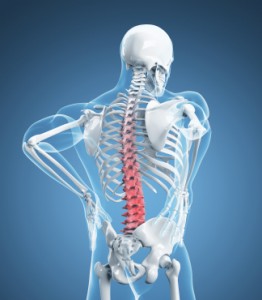
Sitting, unlike lying down or standing up, is not a natural position for the human body. It seems strange to think it given how much time so many of us spend sat at desks every day, but it’s a position which is inherently uncomfortable for the humanoid form. Back pain and spinal problems are on the increase; a rise that has as much to do with improper seating as it does with the increased amount of time people are spending sitting down. Ergonomically designed office furniture and office seating reduces much of the stresses and strains placed on the body by extended periods spent seated. They provide support where it is necessary and hold your body in the correct position to avoid cramps and aches.
Apart from the obvious health risks associated with our increasingly sedentary lifestyle (e.g. obesity due to lack of exercise), sitting for extended periods can place strain on your spine. Sitting with your back rounded (as most of us do when sat at a desk) forces the vertebrae of your back out. Over time, this can lead to a spinal disc herniation (better known to you and I as a “slipped disc”). In the shorter term, the discs can place pressure on surrounding nerves, causing the shooting pains commonly associated with back pain. Many seats have a concave back rest. Although this can appear to be more comfortable at first - the wider edges and indented centre give the impression of holding you in place - in reality they are very bad for you, leaving as they do little option but for you to round your back in order to fit into them.
Ergonomic office seating comes with convex back rests which force your spine into a more comfortable S-shape. We've all been told that this is how we should stand and ergonomic office furniture encourages the same good posture whilst sitting. To get the most out of such chairs, remember to lean back into them. Not only does this feel more comfortable than hunching forwards over your desk, it makes the most of the ergonomic design offered by the office furniture and preserves the small inward curve in your back that is the sign of good posture.
Poor posture also limits blood flow and oxygen intake. If your pelvis is turned at the wrong angle, then blood will not flow properly to your legs. Combined with a lack of movement, this can in some extreme cases lead to deep vein thrombosis; a potentially fatal disorder. Slumping forwards also restricts the lungs, making your breathing more laboured. By using ergonomic office seating, you increase the blood flow and oxygen intake, improving concentration and work rate.
Another problem with much office seating is that it is, by its very nature, generic in its design. None of us have the same body; we are different heights, sizes and builds. For that reason, it doesn’t make sense that we would all need support in the same places. Ergonomic office furniture is now available with adjustable systems which allow you to set the rests and supports at the correct heights for your build, giving you a bespoke fitting that is suited for your back.
Replacing your existing office furniture with more ergonomic designs improves health and work rate. Whether it’s a consideration you are making for yourself or your whole company, just think of the savings that could be made - from both your back and your money.
